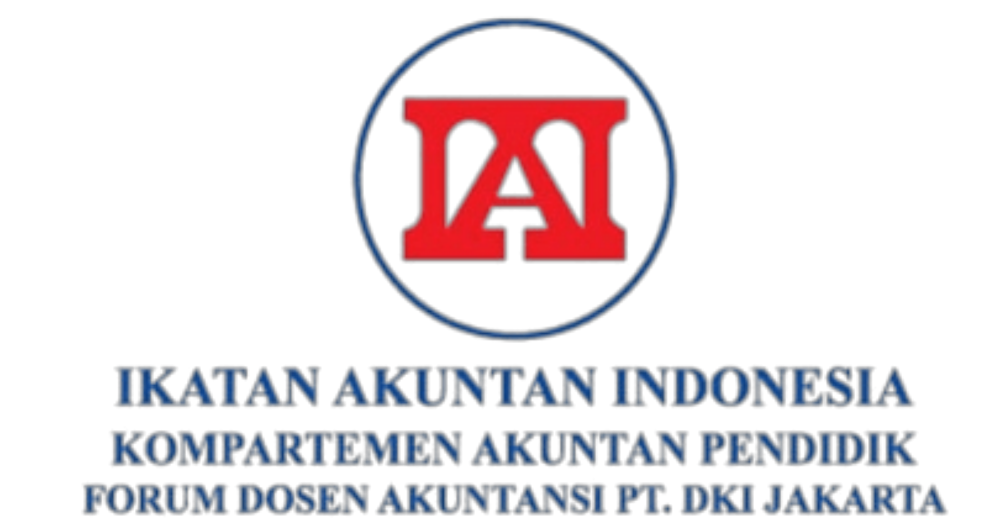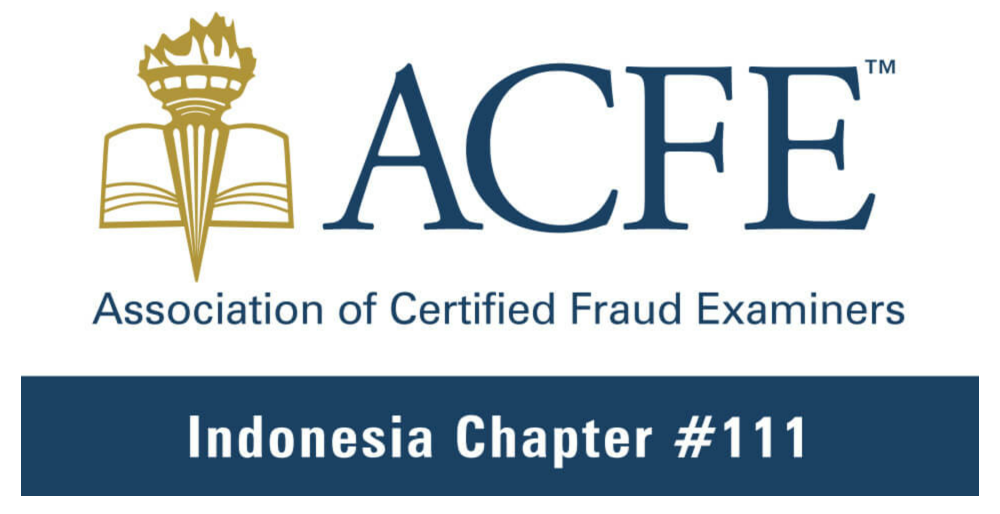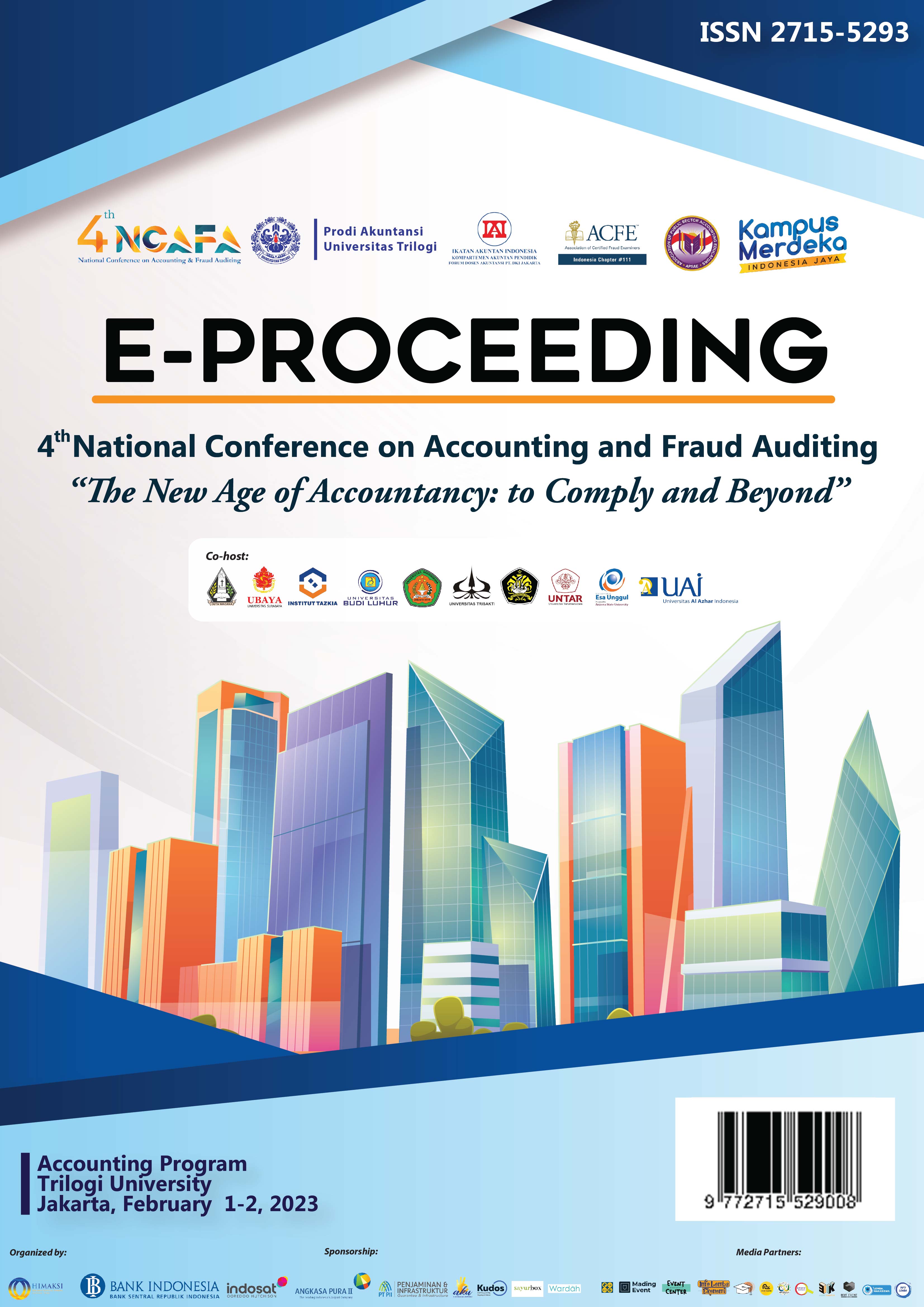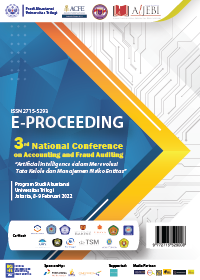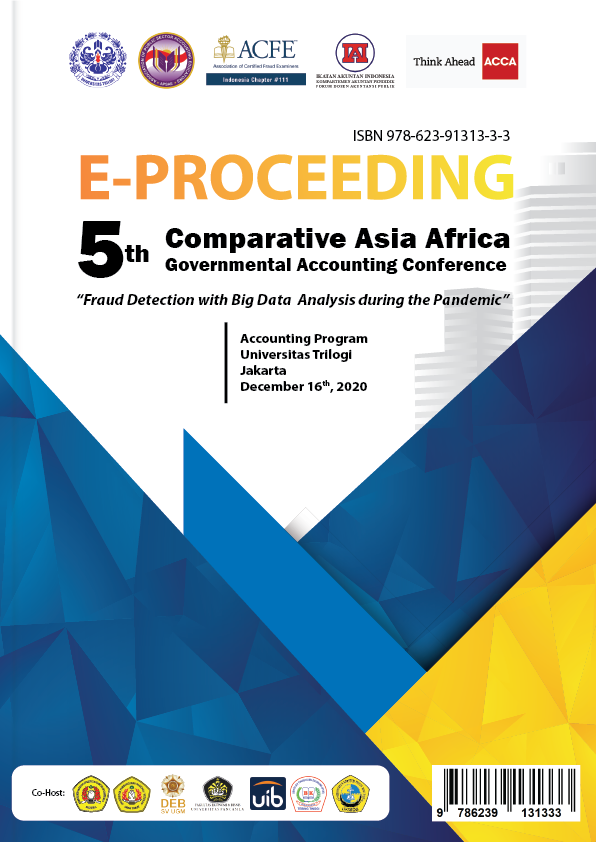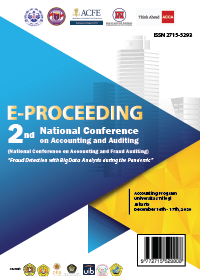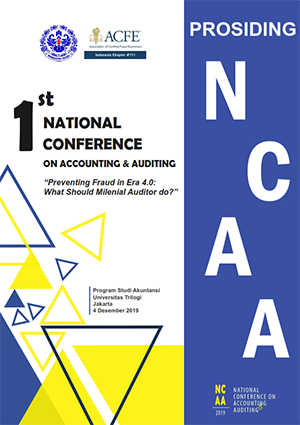PENGARUH RESIKO BISNIS DAN PROFITABILITAS TERHADAP KEBIJAKAN DIVIDEN DI SEKTOR KEUANGAN INDONESIA SELAMA MASA PANDEMI
Abstract
This research has the objective to assess various factors influencing dividend policies. The research method employed purposive sampling, selecting a sample from 92 financial sector companies listed on the Indonesia Stock Exchange over a period of three years, from 2020 to 2022. The research employs logistic regression and probit model analysis tools, using Eviews 12 software, to examine the independent variables, namely business risk and profitability, along with control variables like leverage and firm size, that influence dividend policies during the Covid-19 pandemic. This type of research with a quantitative approach. The data collection technique uses secondary data, namely financial reports obtained on the official IDX website. From the research outcomes, it is evident that business risk and leverage have a negative impact on dividend policies. Meanwhile, profitability and firm size have a positive influence on dividend policies. These outcomes can serve as a guide for practitioners to focus on enhancing company performance while ensuring that shareholders receive optimal dividend returns.
Keywords: Dividend policy, business risk, profitability, logistic regression
Full Text:
PDFReferences
Abadiyah, S., & Kusumaningrum, T. M. (2023). Pengaruh profitabilitas, leverage, kesempatan investasi, tax avoidance, dan Kepemilikan manajerial terhadap kebijakan dividen dengan likuiditas sebagai variabel moderasi pada perusahaan sektor property dan real estate yang terdaftar di Bursa Efek Indonesi. Jurnal Ilmu Manajemen, 11(3), 654–670.
Bhattacharya, S. (1979). Imperfect policy , in the hand " fallacy " the bird. The Bell Journal of Economics, 10(1), 259–270. http://www.jstor.org/stable/3003330 . Accessed:
Black, F. (1976). The dividend puzzle. Journal of Portfolio Management, 2(2), 5–8. https://doi.org/10.3905/jpm.1996.008
Boumlik, Z., Oulhadj, B., & Colot, O. (2023). The Effect of the COVID-19 Pandemic on Corporate Dividend Policy of Moroccan Listed Firms. Journal of Risk and Financial Management, 16(8). https://doi.org/10.3390/jrfm16080350
Brigham, E. F., & Daves, P. R. (2007). Intermediate financial management. In T. South-Western (Ed.), The British Accounting Review (9th ed., p. 1040). Thomson South-Western, 2007. https://doi.org/10.1016/0890-8389(89)90100-5
Chandra, B., & Junita, N. (2021). Tata kelola perusahaan dan manajemen laba terhadap kebijakan dividen di Indonesia. Jurnal Ekonomi Modernisasi, 17(1), 15–26. https://doi.org/10.21067/jem.v17i1.5188
Chintrakarn, P., Jiraporn, P., Treepongkaruna, S., & Mook Lee, S. (2022). The effect of board independence on dividend payouts: A quasi-natural experiment. North American Journal
of Economics and Finance, 63(August 2021). https://doi.org/10.1016/j.najef.2022.101836
Christiningrum, M., & Rahman, A. (2023). Determinants of Dividend Policy: Growth Opportunities, Business Risk and Leverage with Size as Moderation. International Journal of Social Service and Research, 3(5), 1181–1190. https://doi.org/10.46799/ijssr.v3i5.357
Ghozali, I., & Ratmono, D. (2017). Analisis Multivariat dan Ekonometrika Teori, Konsep, dan Aplikasi dengan Eviews 10 (2nd ed.). Semarang : Badan Penerbit Universitas Diponegoro.
Gitayuda, M. B. S. (2022). Analisis Investment Opportunity Set, Likuiditas, Profitabilitas, Leverage dan Ukuran Perusahaan Terhadap Kebijakan Pembayaran Dividen. Eco-Entrepreneur, 8(1), 1–15. https://journal.trunojoyo.ac.id/eco-entrepreneur
Gordon, M. J. (1963). Optimal Investment and Financing Policy. The Journal of Finance, 18(2), 264–272. https://doi.org/10.1111/j.1540-6261.1963.tb00722.x
Hariyani, S. R. (2023). Pengaruh Profitabilitas , Leverage , Investment Oppurtunity Set Dan Firm Size Terhadap Kebijakan Dividen. Jurnal Ilmu Dan Riset Akuntansi, 12 NO 2, 1–17.
Hutagaol-Martowidjojo, Y., Joachim, H., & Anggraeni, D. (2019). The role of earnings and tax on dividend policy of Indonesian listed firms. Jurnal Keuangan Dan Perbankan, 23(1), 31–44. https://doi.org/10.26905/jkdp.v23i1.2581
Jao, R., Daromes, F. E., & Samparaya, R. (2022). Pengaruh Ukuran Perusahaan, Leverage, Profitabilitas, dan Risiko Bisnis Terhadap Kebijakan Dividen. Jurnal Akuntansi Kompetif, 5(23), 2622–5379. https://ejournal.kompetif.com/index.php/akuntansikompetif/article/view/851/628
Kilincarslan, E. (2021). The influence of board independence on dividend policy in controlling agency problems in family firms. International Journal of Accounting and Information Management, 29(4), 552–582. https://doi.org/10.1108/IJAIM-03-2021-0056
Labhane, N. B. (2019). Dividend Policy Decisions in India: Standalone Versus Business Group-Affiliated Firms. Global Business Review, 20(1), 133–150. https://doi.org/10.1177/0972150918803990
Le, H. duc, Tuan Anh, N., Que Phuong, N., & Thu Phuong, T. (2020). Impact of ownership structure on dividend policy: Case study of the listed oil and gas companies in Vietnam. International Journal of Social Science and Economics Invention, 6(08), 330–338. https://doi.org/10.23958/ijssei/vol06-i08/225
Lintner, J. (1962). Dividends, Earnings, Leverage, Stock, Prices and The Supply of Capital to Corporations. The Review of Economics and Statistics, 44(3), 243–269.
Litzenberger, R. H., & Ramaswamy, K. (1979). The effect of personal taxes and dividends on capital asset prices. Theory and empirical evidence. Journal of Financial Economics, 7(2), 163–195. https://doi.org/10.1016/0304-405X(79)90012-6
Miller, M. H., & Modigliani, F. (1961). Dividend Policy, Growth, and the Valuation of Shares. The Journal of Business, 34(4), 411–433.
Mnune, T. D., & Purbawangsa, I. B. A. (2019). Pengaruh Profitabilitas, Leverage, Ukuran Perusahaan Dan Risiko Bisnis Terhadap Kebijakan Dividen Pada Perusahaan Manufaktur. E-Jurnal Manajemen Universitas Udayana, 8(5), 2862. https://doi.org/10.24843/ejmunud.2019.v08.i05.p10
Moin, A., Guney, Y., & El Kalak, I. (2020). The effects of ownership structure, sub-optimal cash holdings and investment inefficiency on dividend policy: evidence from Indonesia. In Review of Quantitative Finance and Accounting (Vol. 55, Issue 3). Springer US. https://doi.org/10.1007/s11156-019-00862-z
Mufidah, N., & Sucipto, A. (2020). THE MODERATING ROLE OF DIVIDEND POLICY ON THE INFLUENCE OF LIQUIDITY, PROFITABILITY, LEVERAGE, AND INVESTMENT OPPORTUNITY SET AGAINST STOCK RETURN REGISTERED IN THE JAKARTA ISLAMIC INDEX. Media Ekonomi Dan Manajemen, 35(2), 188–205.
Muslimin, R. A., & Wenten, I. K. (2023). Pengaruh Pertumbuhan Aset, Investment Opportunity Set (IOS), dan Risiko Bisnis Terhadap Kebijakan Dividen. Jurnal Akuntansi Barelang, 8(1), 47–59.
Nurfatma, H., & Purwohandoko, P. (2020). Pengaruh Cash Flow, Ukuran Perusahaan Dan Kinerja Keuangan Terhadap Kebijakan Dividen Pada Perusahaan Infrastruktur Di Indonesia. PROFIT: Jurnal Kajian Ekonomi Dan Perbankan Syariah, 4(1), 1–14. https://doi.org/10.33650/profit.v4i1.1079
Putri, E., Naifa Ardiningrum, B., & Nursiam, N. (2022). The Influence of Liquidity, Leverage, Profitability and Business Risk on the Dividend Policy of Manufacturing Companies listed on the IDX. Riset Akuntansi Dan Keuangan Indonesia, 7(2), 244–250. https://doi.org/10.23917/reaksi.v7i2.17251
Tyas, L. A., & Bandi. (2021). Sharia and Non-Sharia Firms: Analysis on the Dividend Policy of Indonesian Companies. Jurnal ASET (Akuntansi Riset), 13(1), 160. https://doi.org/10.17509/jaset.v13i1.32975
DOI: https://doi.org/10.31326/.v5i1.1973
Refbacks
- There are currently no refbacks.

